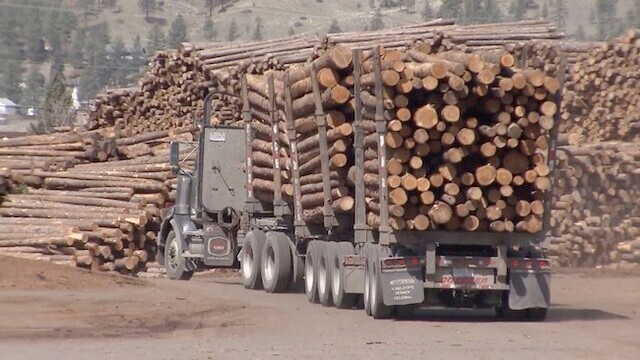Solar from Abandoned Oil & Gas Wells
- FTFO
- Jul 10, 2022
- 2 min read
Updated: Oct 18, 2022
Iron & Earth, Medicine Hat College and solar and well-site closure experts moving to better green industries. National Observer Dani Penaloza
Taber, Alta., will soon be home to two operating solar energy sites that started out as abandoned oil and gas wells.

The RenuWell Workforce Training Program graduates are working to repurpose abandoned oil and gas wells into solar projects at two pilot sites in Taber, Alta. Photo by James Tanner of Drftwd Films
The RenuWell project — which aims to transform and repurpose inactive oil and gas well sites into solar energy sites — has been in the works for years, but after securing $2.1 million funding from Alberta Innovates and the Municipal Climate Change Action Centre, it is officially underway.
An abandoned well, often referred to as an orphan well, is one that has no viable oil and gas company to do the decommissioning and reclamation work needed after the well is no longer being used. Environmentally, they’re a significant source of methane pollution — a greenhouse gas found to be 80 times more powerful than carbon dioxide for driving global heating.
“These [abandoned oil and gas well] sites are not coming back to the productivity level, either for agriculture or for the environment, that they were initially,” said Keith Hirsche, president of RenuWell Energy Solutions and the originator of the RenuWell project, in an interview with Canada’s National Observer.
“So, from that perspective, I think it makes sense to reuse disturbed land for energy generation, rather than disturb additional land that’s productive in other capacities, currently.” The solar projects are a step toward creating more renewable energy training and job opportunities, saving on costs to remove existing oil infrastructure like roads and powerlines and reaching Alberta’s 2030 goal of having 30 per cent of its energy coming from renewable sources.

By October, the sites are expected to produce enough electricity to power 280 Alberta households or irrigate 11,700 acres of farmland at 2,030 MWh for an average year. Photo by James Tanner of Drftwd Films
Fifteen fossil fuel industry and Indigenous workers began working on the pilot sites June 27, on the last day of their week-long RenuWell Workforce Training Program co-ordinated by Iron & Earth, Medicine Hat College and solar and well-site closure experts.
The training program is a rapid course that teaches industry professionals about the basics of solar and translates existing knowledge and skill sets so they can be used for clean energy, said Iron & Earth executive director Luisa Da Silva. Iron & Earth, which is one of eight project partners, is an organization that aims to empower fossil fuel industry and Indigenous workers to build and implement climate solutions for an environmentally and socially prosperous planet. “There’s a lot of misinformation, but actually, the [renewable energy] sector is growing. There’s a lot of opportunity right now... Companies are having a hard time finding the skilled workers to fulfil those positions, though,” said Da Silva.
Hirsche and RenuWell’s partners want to expand the project’s reach to a more commercial level, but Hirsche said they’re restricted by existing energy regulations and difficulties with grid interconnection, not funding. — With files from John Woodside
July 4th 2022




Comments